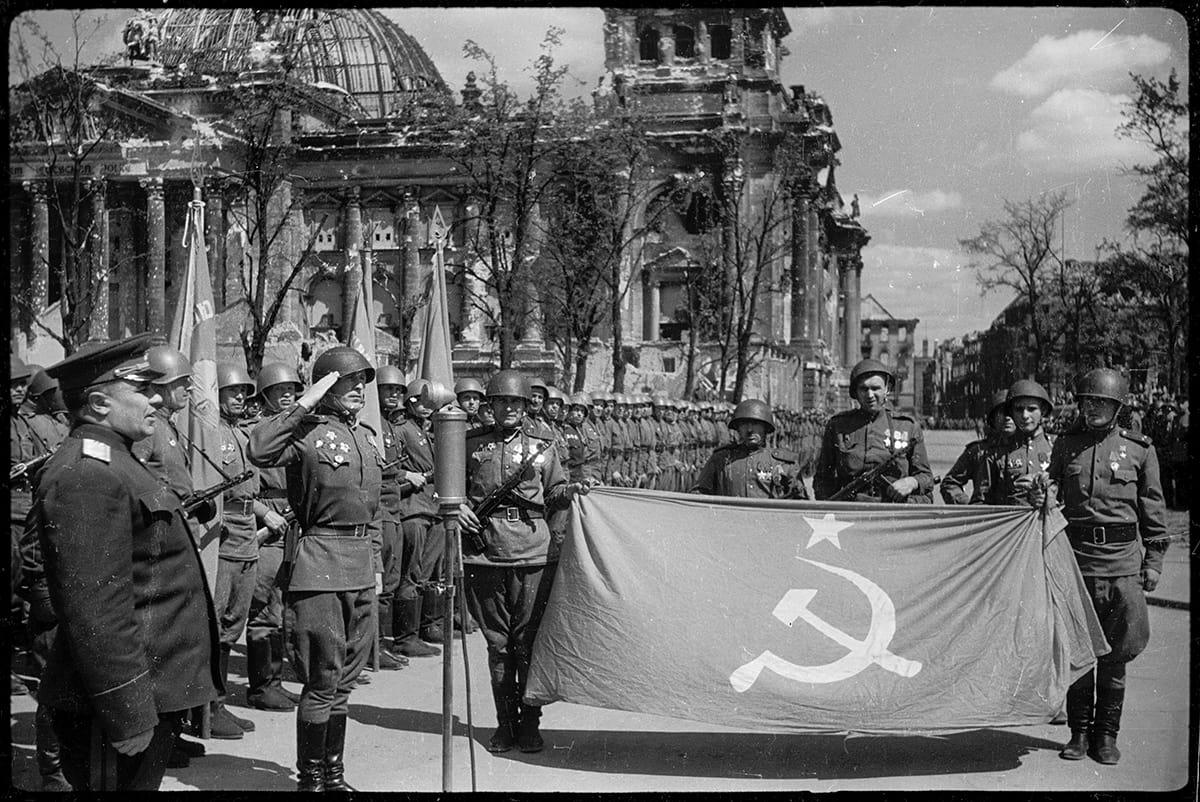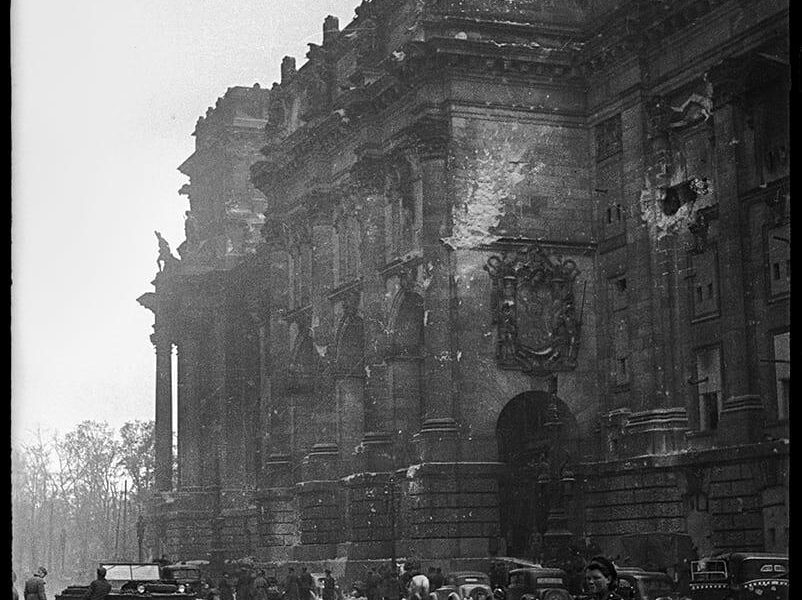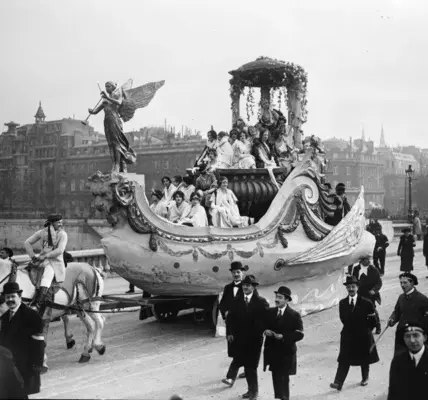In August 2016, I saw an online ad for sale negatives by Soviet war photographer Valery Faminsky, who had photographed in Crimea in 1944 and Germany in 1945 during the Great Patriotic War. I had never heard of this photographer’s name before. I called the seller, and the next day I was sitting there looking at the materials in person. The first thing that struck me was how the archive was stored. It was a classic Soviet way of archiving. Each negative was individually cut out and carefully wrapped in a piece of paper with a short but clear inscription. Small black-and-white test prints were enclosed with each negative. Also included in the box was a printed, hand-signed autobiography by Valery Faminsky, in which he briefly described his life.
Valery Faminsky, born in Moscow in 1914, worked at the Aviakhim factory before the war, where he had his own photo lab. Although he could see and possessed a so-called “white card” exempting him from military service, Faminsky actively sought to go to the front from the beginning of the war. However, he was told that “a blind photographer was not needed.” It was not until 1943, thanks to his stepfather, the artist Kotov, that Faminsky became a photo correspondent for the Military Medical Museum of the Red Army. He was sent to war alongside artists to document the medical care of wounded Red Army soldiers at the front. Faminsky documented the war on seven fronts, including the capture of Berlin. For his contributions, he was awarded the Order of the Red Star and the Order of the Patriotic War, II degree. Although Faminsky held only one exhibition during his lifetime, he was unjustly forgotten.
As I began to look at these unknown front negatives, I realized I had never seen these photographs before, neither in books nor at museum exhibitions. The photographs clearly showed Valery Faminsky’s genuine interest in the fate of the people on both sides of the barricades.
After numerous publications of this archive, I received a call in January 2017 from a woman who turned out to be the photographer’s granddaughter. She didn’t even know that her grandfather’s archive had survived to this day. The photographer’s granddaughter told me many details about her grandfather, with whom they were very close friends.
Today, the name Valery Faminsky is firmly embedded in the history of World War II photography, and his pictures are shown alongside those of the greatest photographers of the period.
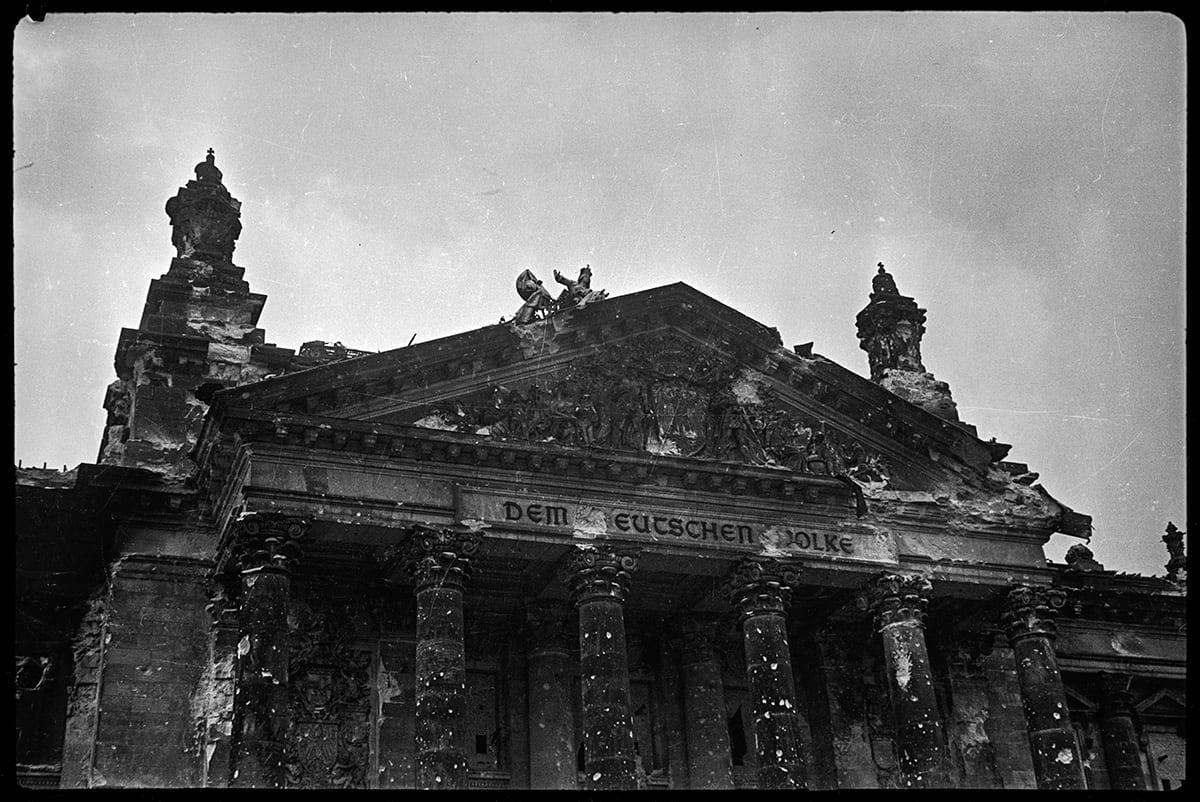
Reichstag. Berlin, Germany. May 1945
Reichstag. Berlin, Germany. May 1945
More about the photo
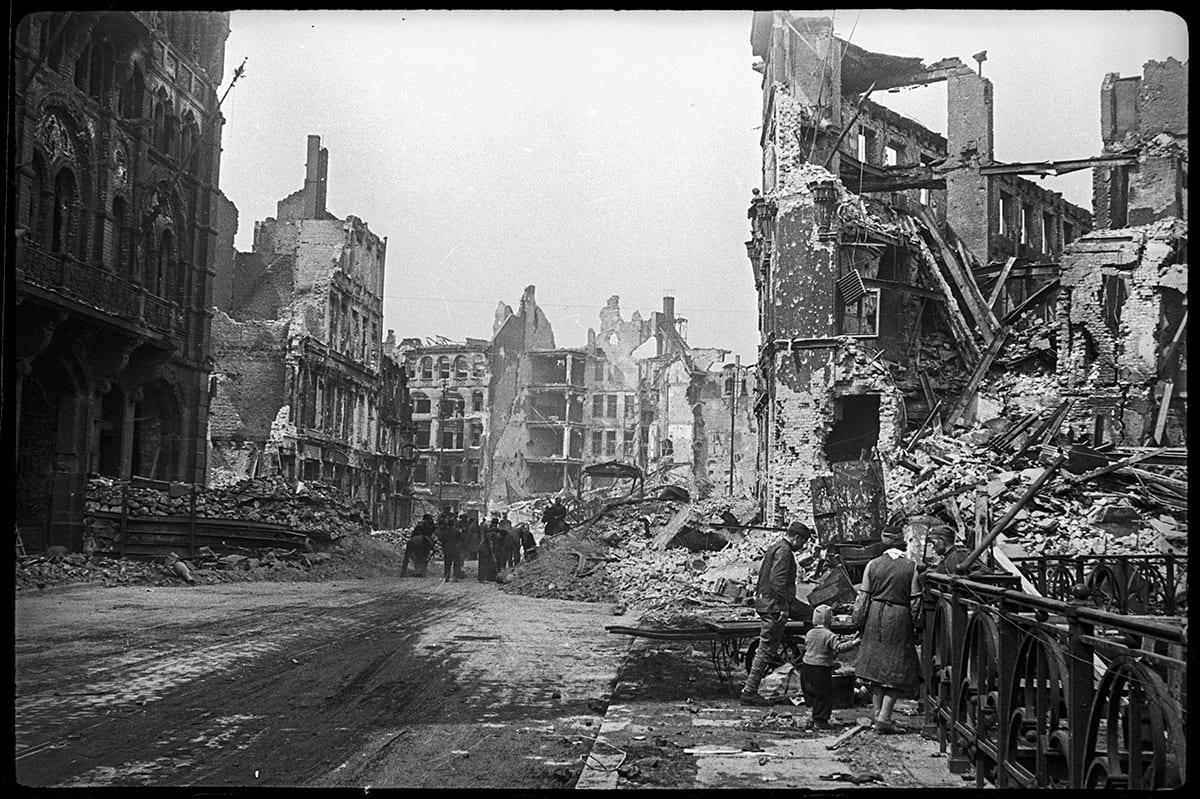
Berlin, Germany. May 1945
Berlin, Germany. May 1945
More about the photo
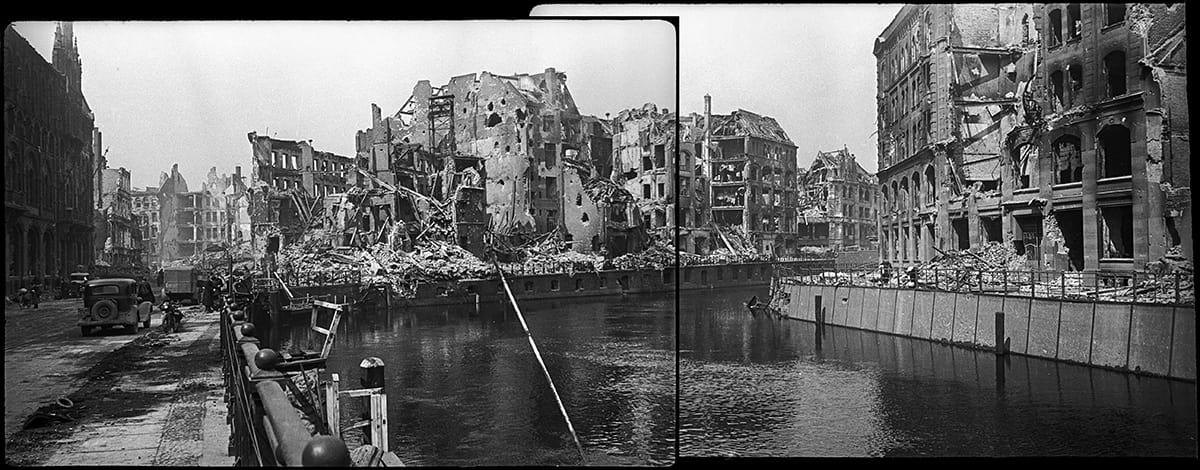
The Spree River region. Berlin, Germany. May 1945
The Spree River region. Berlin, Germany. May 1945
More about the photo
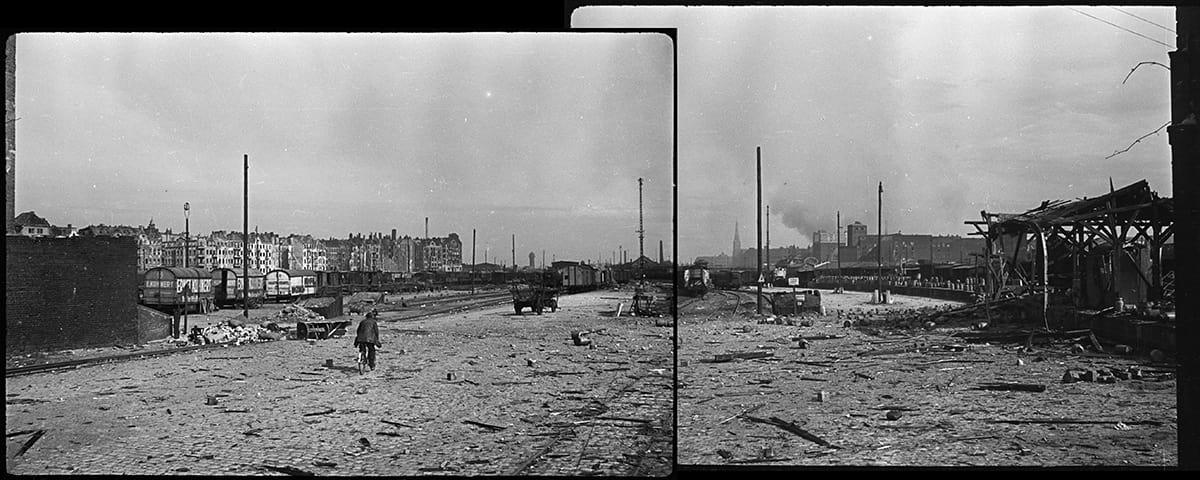
Berlin, Germany. May 1945
Berlin, Germany. May 1945
More about the photo
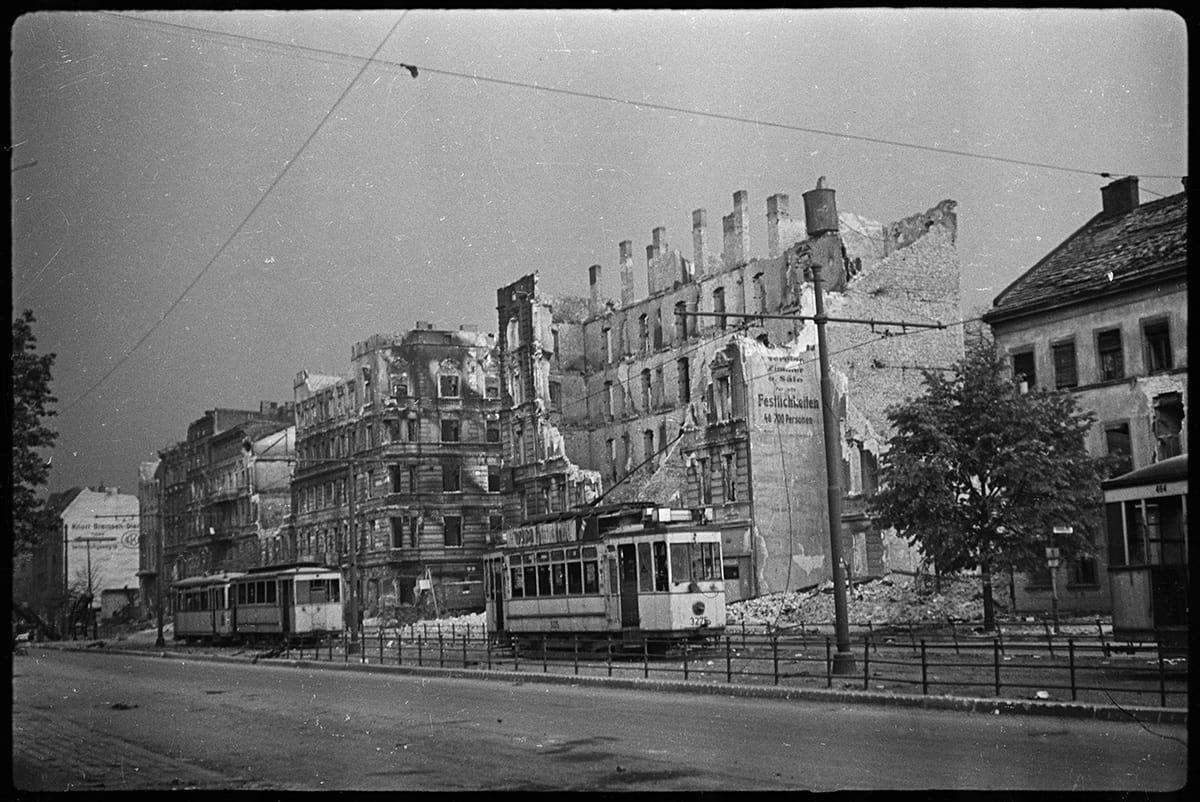
Berlin, Germany. May 1945
Berlin, Germany. May 1945
More about the photo
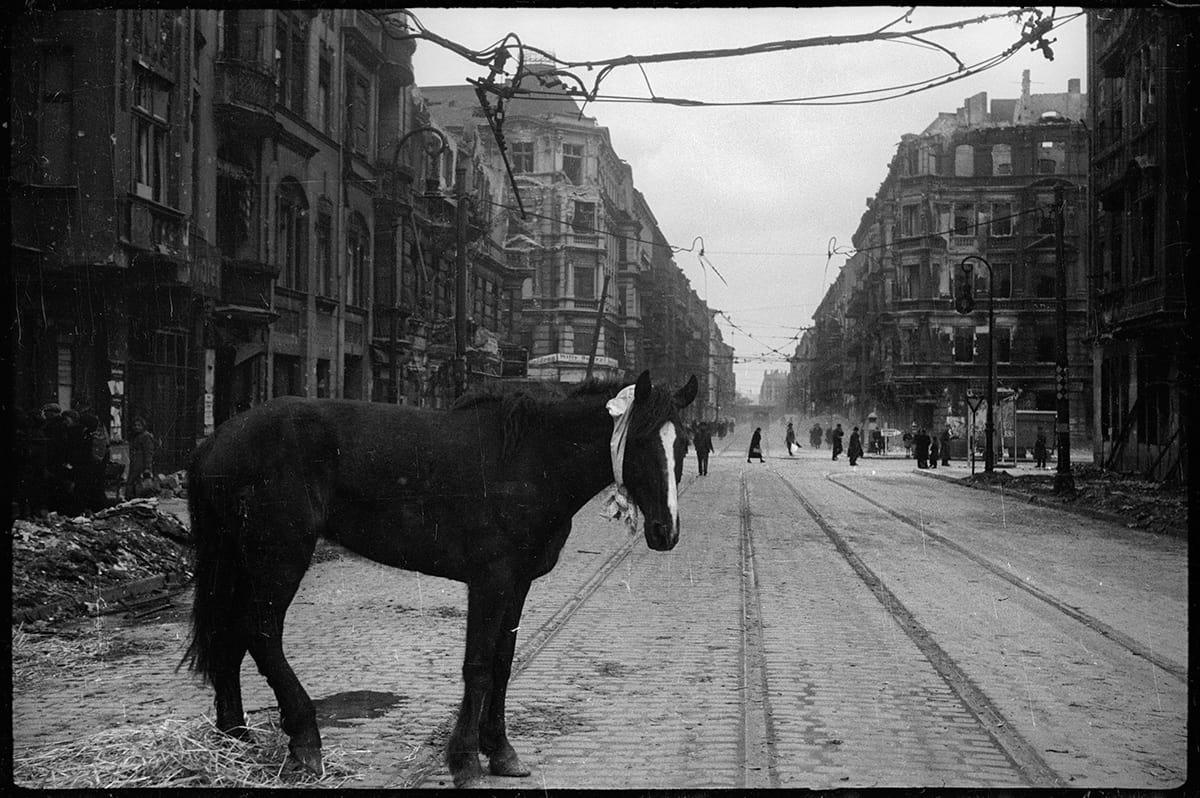
Berlin, Germany. May 1945
Berlin, Germany. May 1945
More about the photo

The Spree River region. Berlin, Germany. May 1945
The Spree River region. Berlin, Germany. May 1945
More about the photo
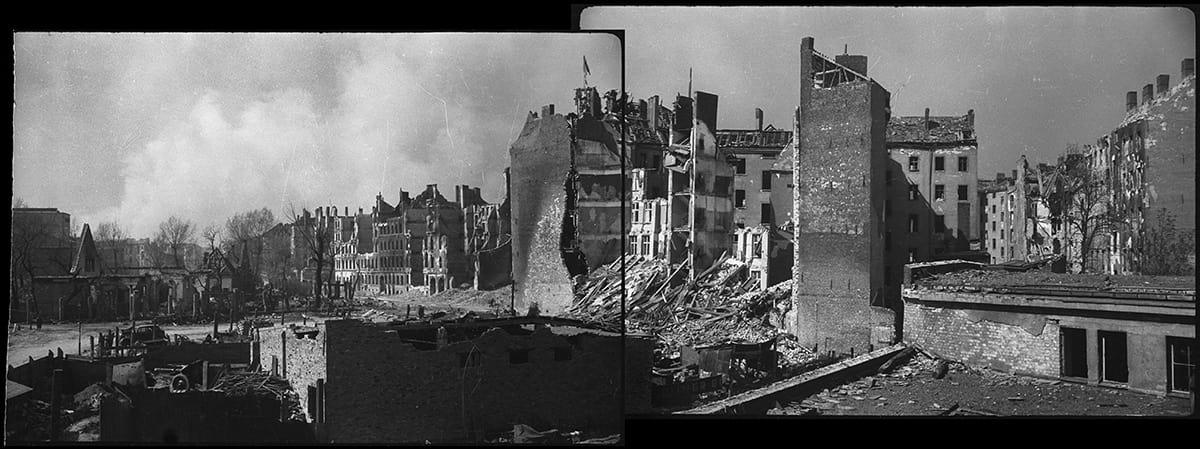
Berlin, Germany. May 1945
Berlin, Germany. May 1945
More about the photo
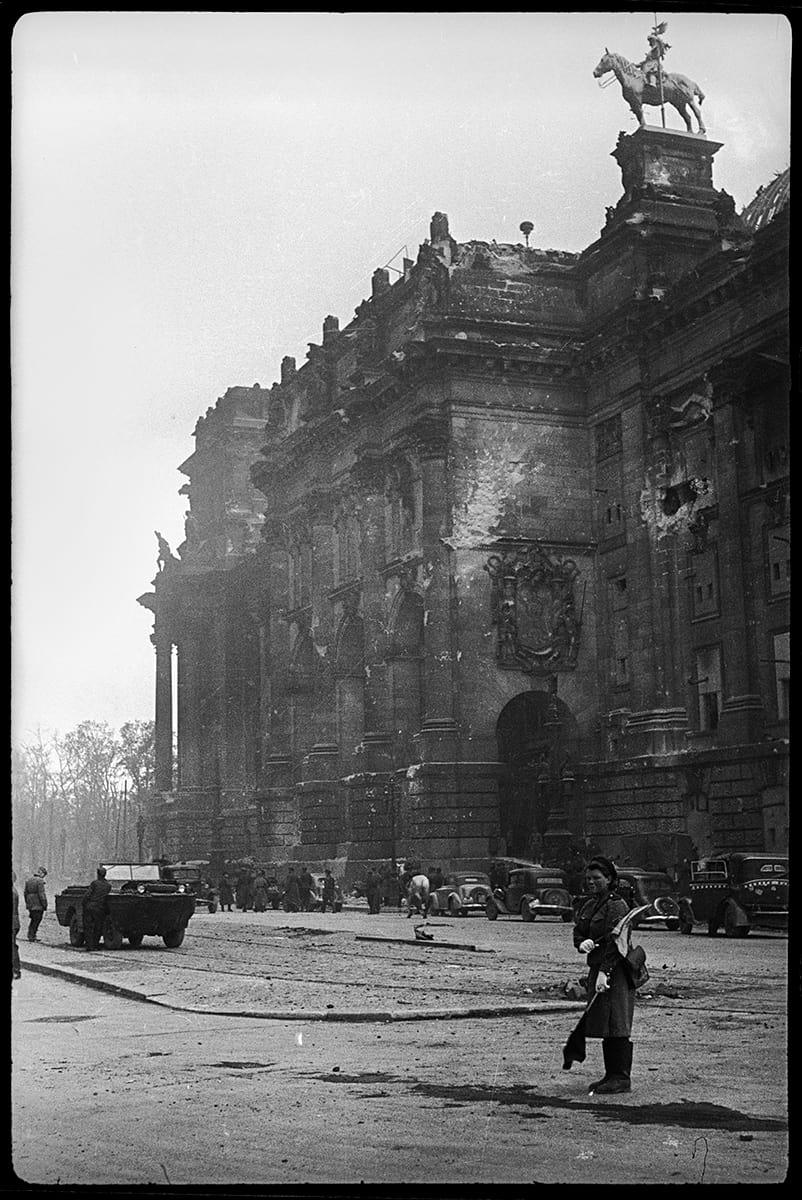
Reichstag. Berlin, Germany. May 1945
Reichstag. Berlin, Germany. May 1945
More about the photo
